Featuring specific Cardiology Clinic metrics you can track (Total Patients Treated By Revenue Type (Consultation, Diagnostic Test, Treatment), Revenue By Type (Consultation, Diagnostic Test, Treatment), Average Revenue Per Patient By Revenue Type, Opex as a % of Revenue, and more), users will easily be able to navigate the model with all input fields highlighted in Blue font. These models are designed to be the perfect financial tool for business owners to use to make decisions for their company and also to provide investors with a snapshot of how the business is currently performing and what the forecasts look like.
General Assumptions
It starts with basic model questions about the start date of the model, the tax rate assumption, working capital assumptions, and funding assumptions.
Revenue Assumptions
Revenue assumptions are the anticipated factors that drive a company’s income generation over a specific period. These assumptions form the basis for financial projections and are crucial for planning and decision-making. In our model, we have included detailed inputs on 3 major Revenue categories: Consultation Revenue, Diagnostic Test Revenue, and Treatment Revenue. Each of these Revenue subcategories has detailed inputs on # of Patients Treated Each Month, Patient volume growth %, Price Charged $ and Pricing growth %.
Consultation Revenue is broken up between In-Clinic and Online.
Diagnostic Test Revenue shows all the main diagnostic tests performed at a Cardiology clinic with assumptions on # of Patients treated and the Price Charged per test. Tests included in the model are Electrocardiogram (ECG / EKG), Echocardiogram, Stress Test, Holter Monitor, Event Monitor, Transesophageal Echocardiogram (TEE), Chest X-Ray, Cardiac CT Scan, Blood Tests, Coronary Angiography, Tilt Table Test and Nuclear Stress Test.
Treatment Revenue shows all the main treatments performed at a Cardiology clinic with assumptions on # of Patients treated and Price Charged per treatment. Treatments included in the model are Angioplasty and Stent Placement, Catheterization, Pacemaker Implantation, Implantable Cardioverter-Defibrillator (ICD), Ablation Therapy, Coronary Artery Bypass Grafting (CABG) and Valve Repair or Replacement.
Operating Expenses Assumptions
Operating expense assumptions are typically based on historical data, industry benchmarks, market trends, and management’s judgment. They are crucial for estimating the total cost of running the business and for determining profitability. Like revenue assumptions, it’s important to regularly review and adjust operating expense assumptions to reflect changes in the business environment and ensure the accuracy of financial forecasts. In our model, we have included detailed inputs on Cardiology Clinic Staff Costs (Cardiologists, Registered Nurses, Medical Assistants, Administrative Staff, Technicians, Other), Typical Cardiology Clinic related Operational Expenditure items, including Medical Equipment and Supplies, Facility Costs, Administrative Costs, Insurance, Medical Waste Disposal, however, you can add any other expenses you think may be relevant to your business in this sheet.
Capex Assumptions
Capital expenditure (Capex) assumptions refer to the anticipated investments a company plans to make in long-term assets, such as property, plant, equipment, and technology, over a specific period. These assumptions are crucial for financial planning, budgeting, and forecasting, as they impact the company’s cash flow, profitability, and growth prospects. We have included a Fixed asset cost assumption schedule here for the main items likely to be on a company’s capex sheet, including Electrocardiogram (ECG) Machines, Echocardiography Machines, Stress Testing Equipment, Holter Monitors, Defibrillators, Ultrasound Machines, Cardiac Catheterization Equipment, IT Infrastructure (Computers, Electronic Health Record Systems, Practice Management Software), Office Furniture and Fixtures (Examination Tables, Waiting Room Furniture), Facility Upgrade Costs (Lighting, HVAC, Renovations) and also a Use Of Funds assumption list with corresponding pie chart.
Monthly Projections
We have broken down projections on a Month by Month basis when projecting Income Statement, Balance Sheet and Cash Flow Statement items. The monthly projections are provided over a 5-year time frame. This is particularly useful for businesses looking at month-on-month trends and insights in the business, which leads to better decision-making and also better budgeting should there be a need to either raise more capital, pursue growth opportunities from excess capital or pay down interest-bearing debt. Monthly projections also help a business ascertain what performance may be seasonal in nature when looking at growth projections on a month-over-previous-years-month basis.
Annual Projections
The model has Annualized Financial Projections of the Income Statement, Balance Sheet, and Cash Flow Statement over a 5-year time frame. Annual projections provide an excellent overview of expected revenues, expenses, profits, cash flow, and other key financial metrics for the upcoming year. Annual projections are essential for strategic planning, budgeting, fundraising, and performance evaluation for any company at any stage of its business cycle.
Cardiology Clinic Metrics & Other Metrics
Cardiology clinic-specific metrics (Total Patients Treated By Revenue Type (Consultation, Diagnostic Test, Treatment), Revenue By Type (Consultation, Diagnostic Test, Treatment), Average Revenue Per Patient By Revenue Type, Opex as a % of Revenue) and profitability Ratios are provided.
Summary of Financial Statements
Summarized Financial Statements over a 5-year time frame help provide better snapshots of financial performance. An Income Statement, Balance Sheet, and Cash Flow Statement are all provided.
Charts
Cardiology Clinic specific Charts available, including Cardiology Clinic Revenue Split, Profitability Margins (EBITDA Margin and Net Profit Margin), Income Statement Metrics, Cashflow Summary
DCF Valuation
We have included a Discounted Cash Flow (DCF) Valuation model showing the Net Present Value (NPV) of the Business based on a series of growth rates and assumptions. Weighted Average Cost of Capital Assumptions are also provided, including Risk Free rate, Beta, Risk Premium, and Equity Risk Premium. A DCF valuation is a method used to estimate the value of an investment, business, or asset by discounting its expected future cash flows to present value. It is based on the principle that the value of an investment is determined by the present value of its future cash flows. The DCF valuation technique is widely used in finance, investment analysis, and corporate finance for making investment decisions, determining the fair value of securities, and evaluating the worth of businesses.
Depreciation Schedule
The Detailed Depreciation Schedule shows additions/disposals to the business’s Fixed Asset Register. Sections are included for Medical Equipment, Furniture and fittings, and Others.
Debt Schedule
Debt schedule provided with interest rate assumptions and payback period assumptions included.
Equity Schedule
Equity schedule provided with assumptions on all investments into the business by investors or owners.




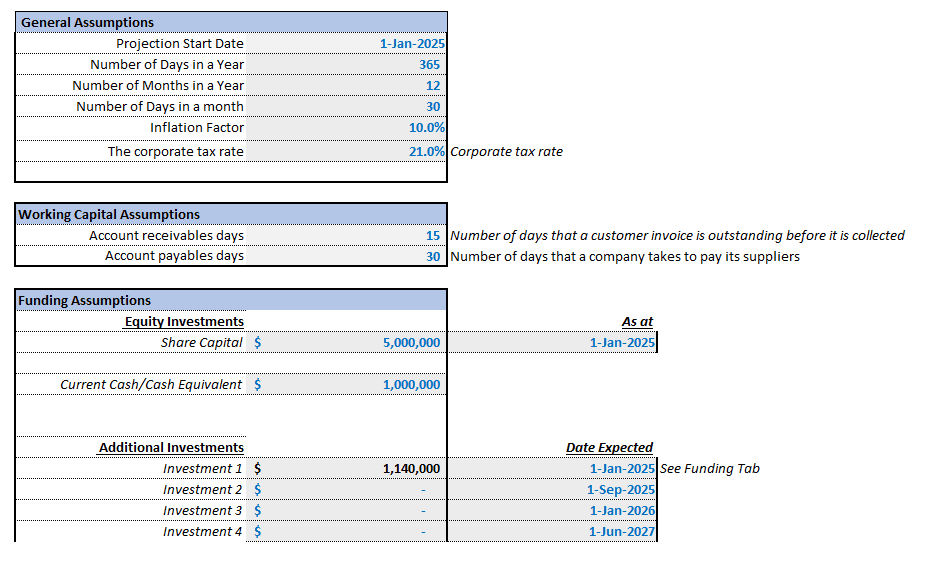
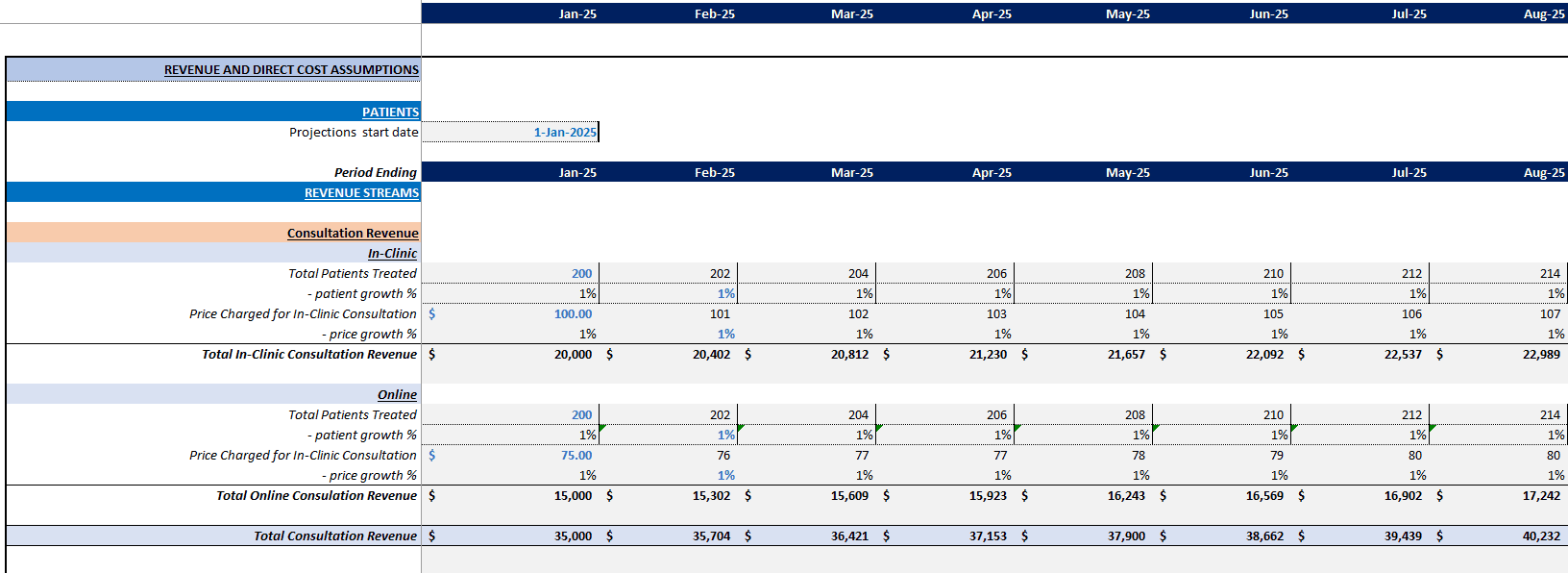
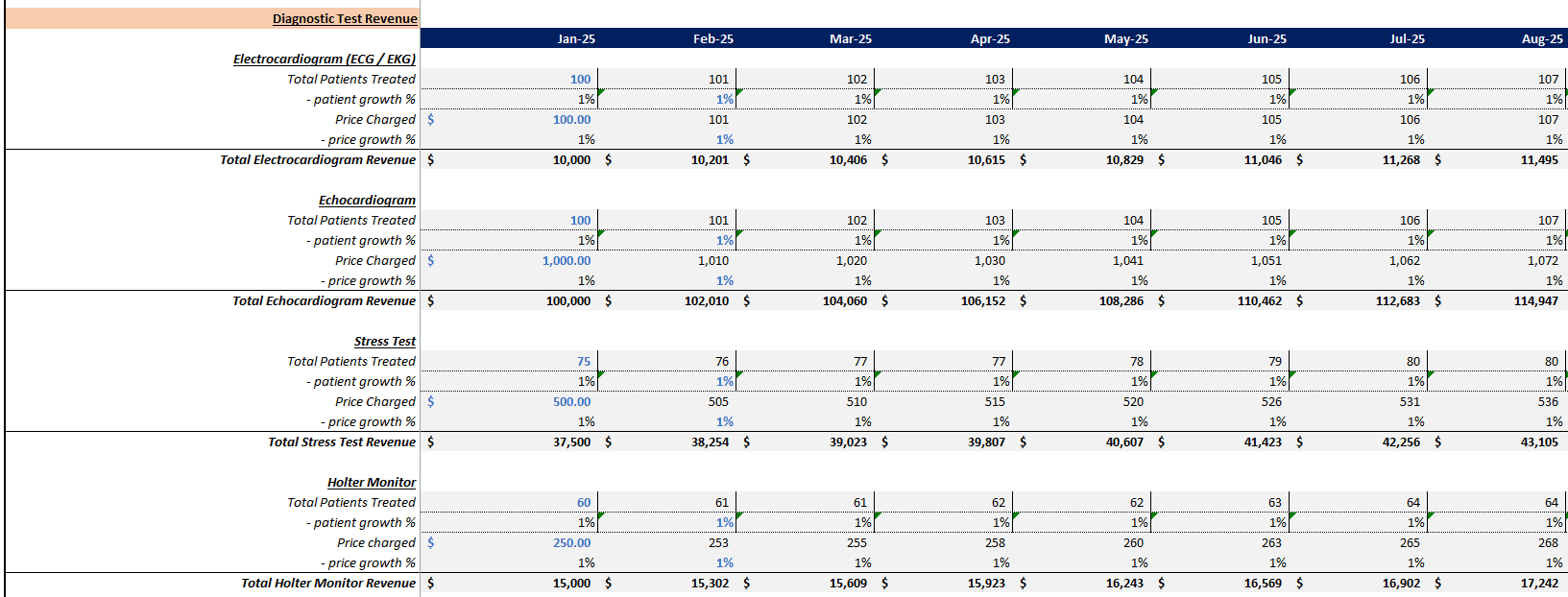
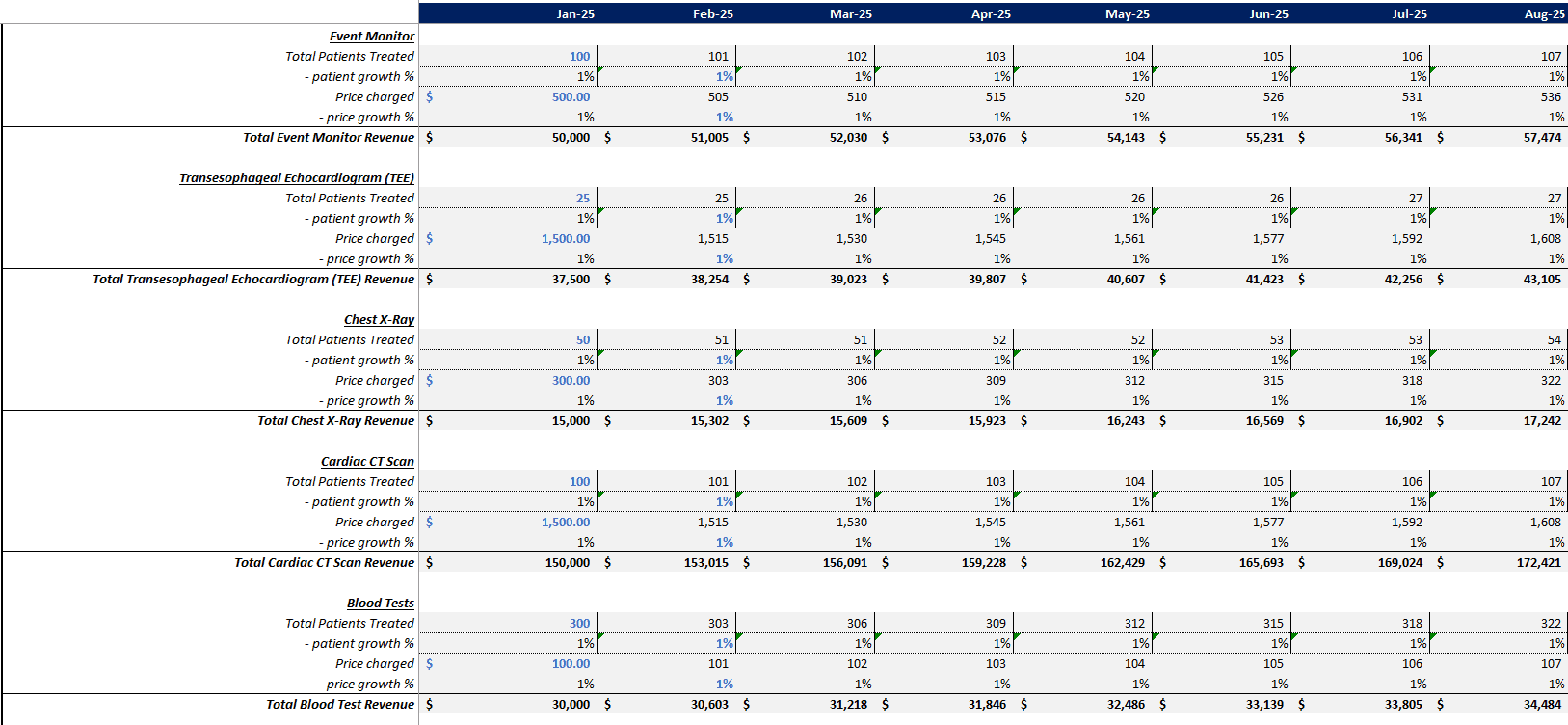
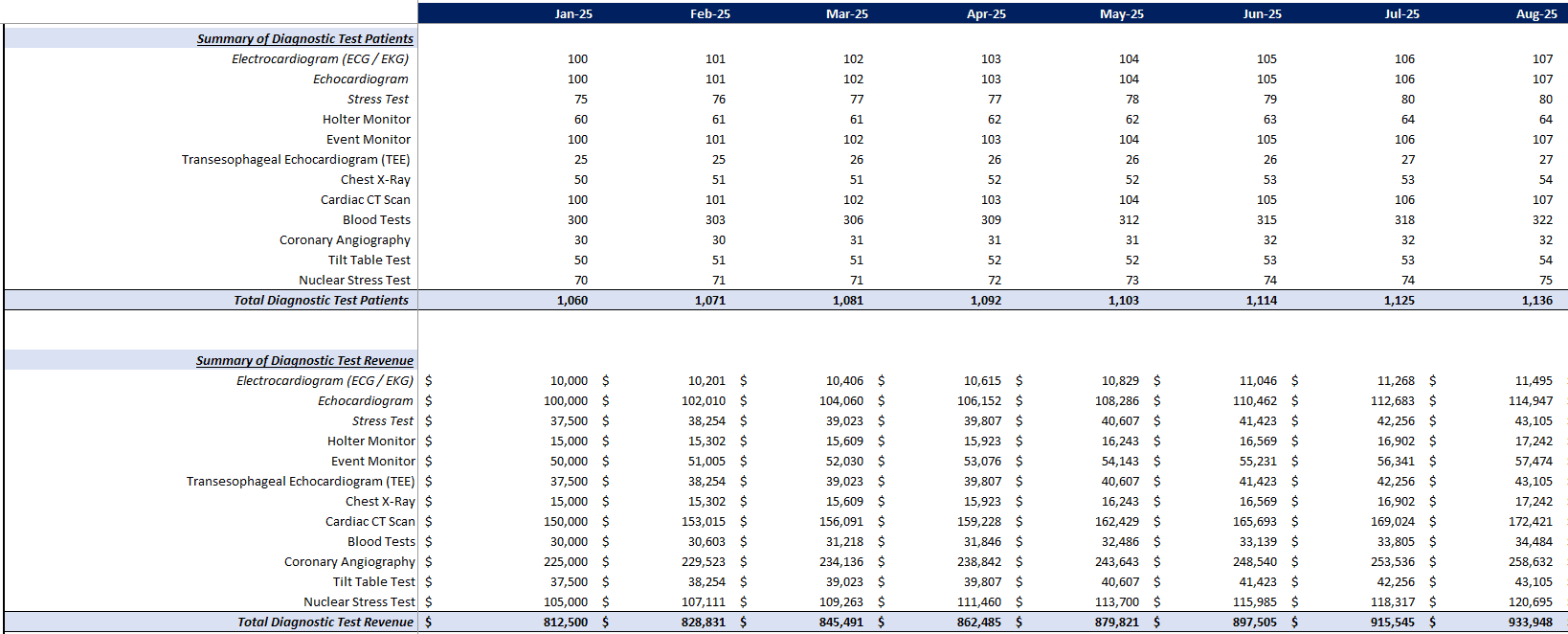
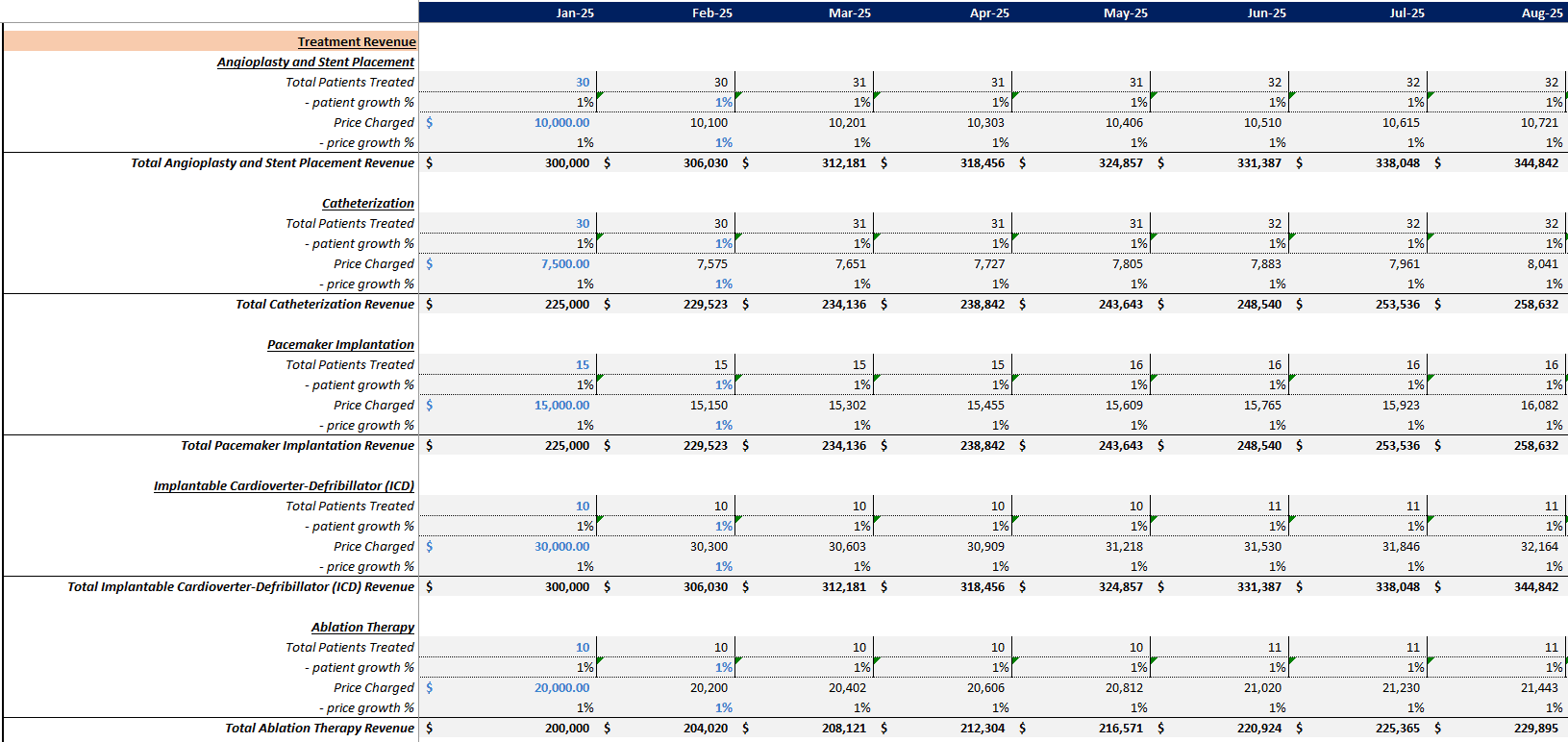
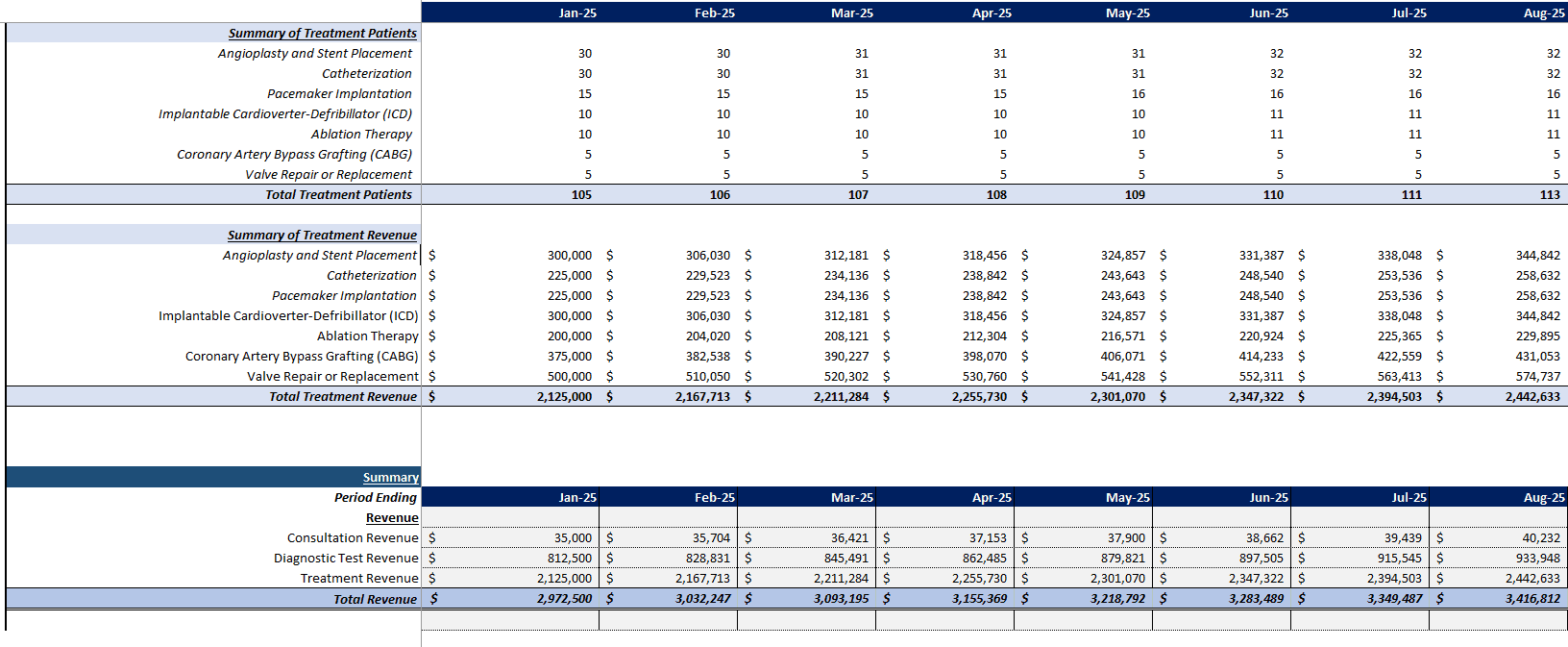


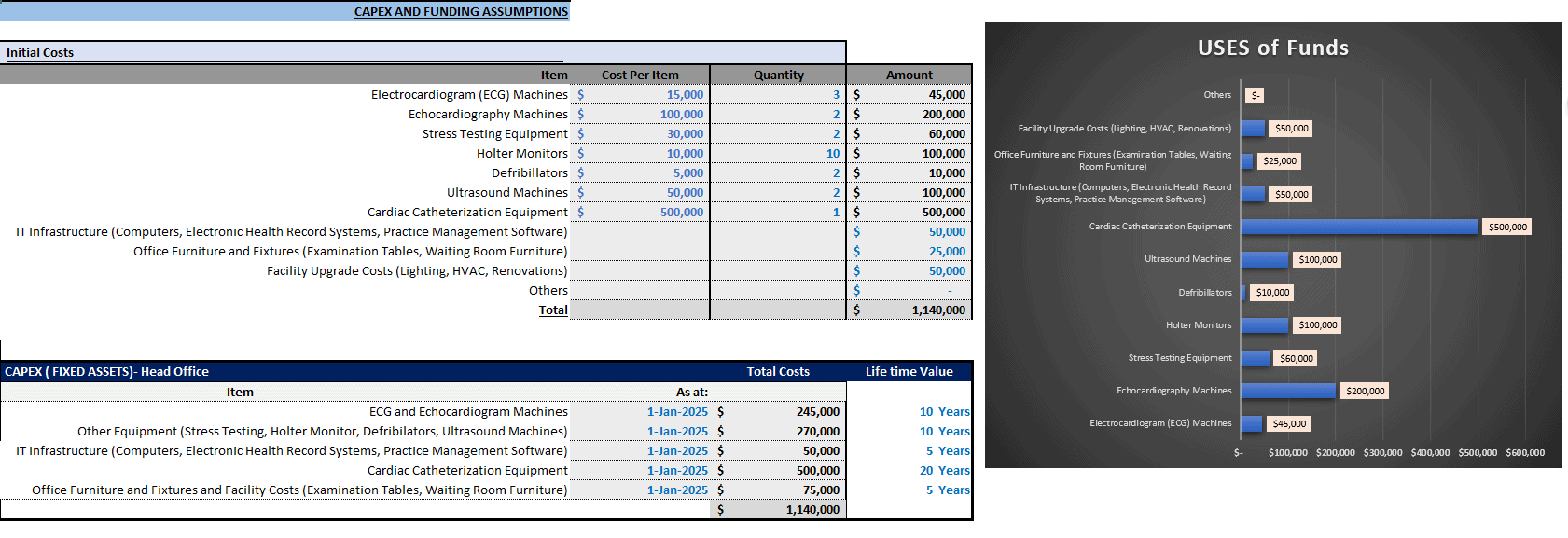
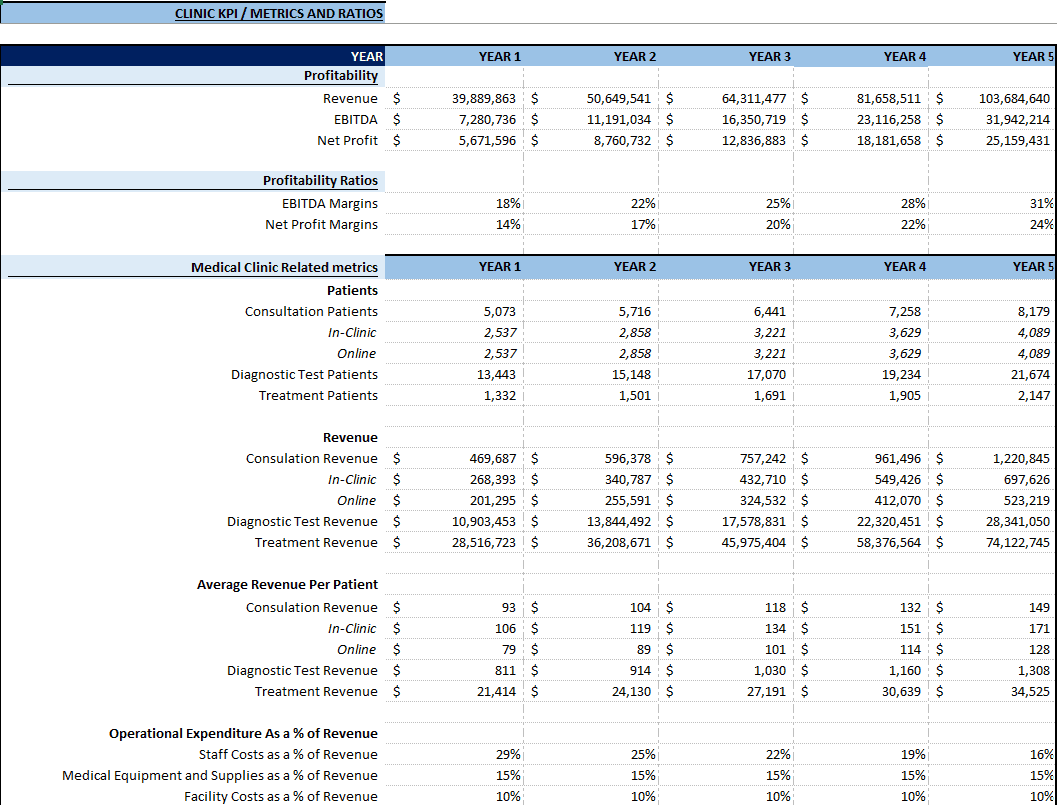
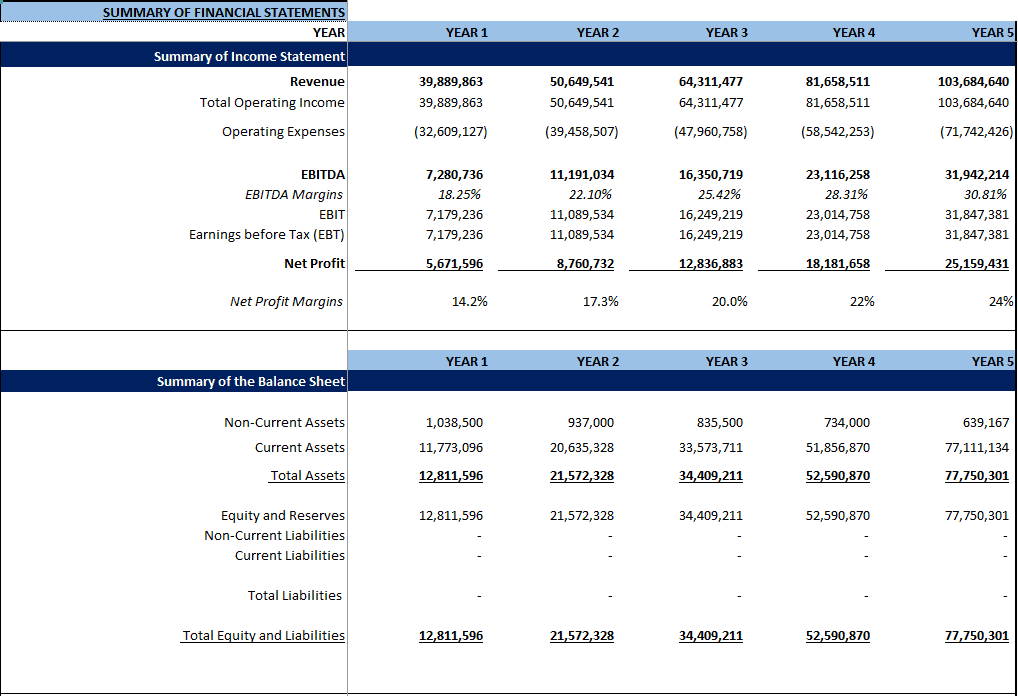



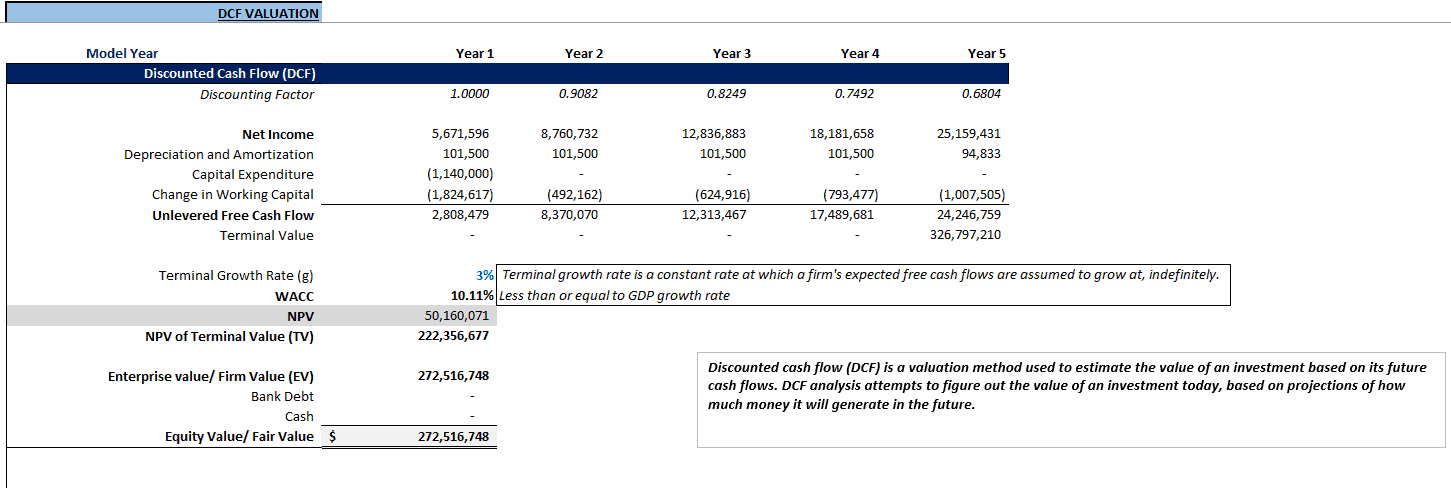
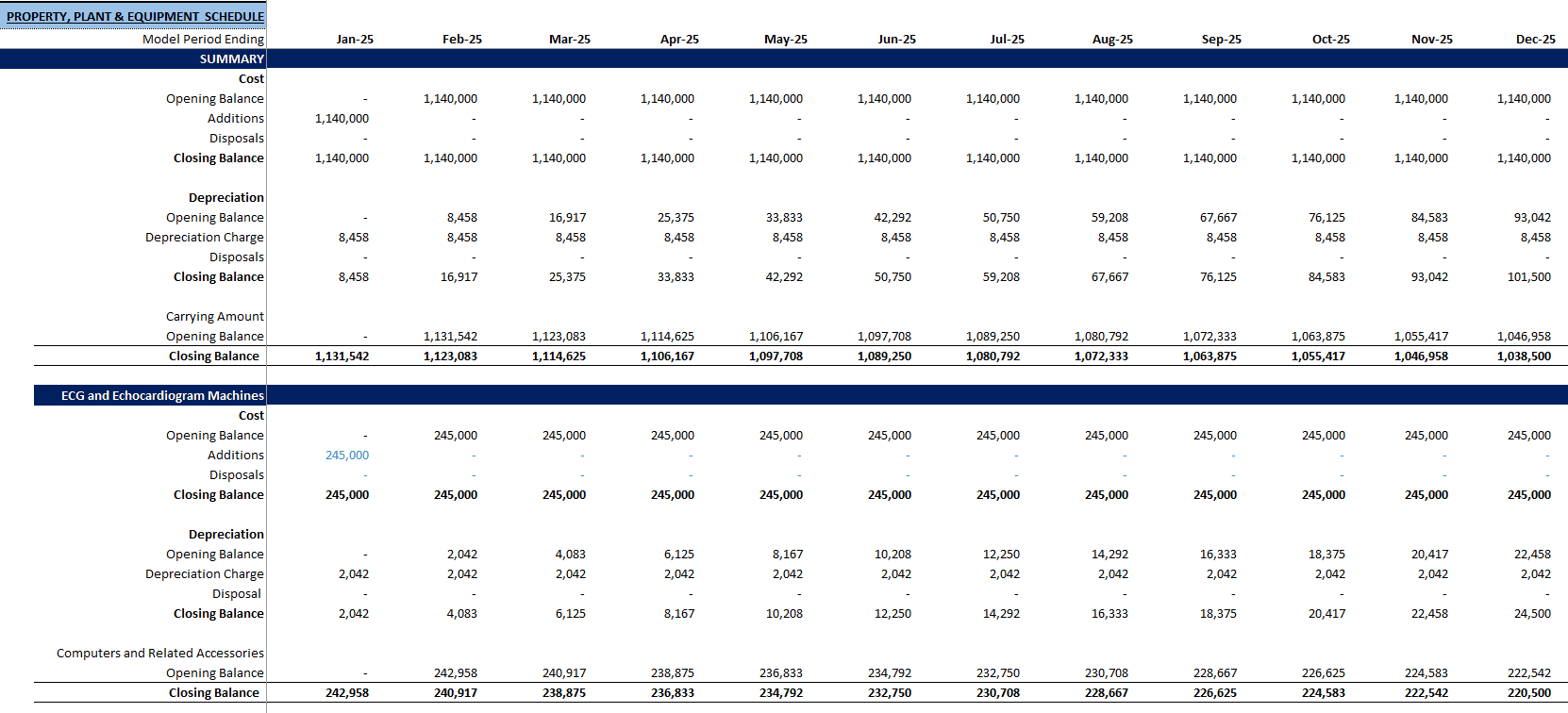
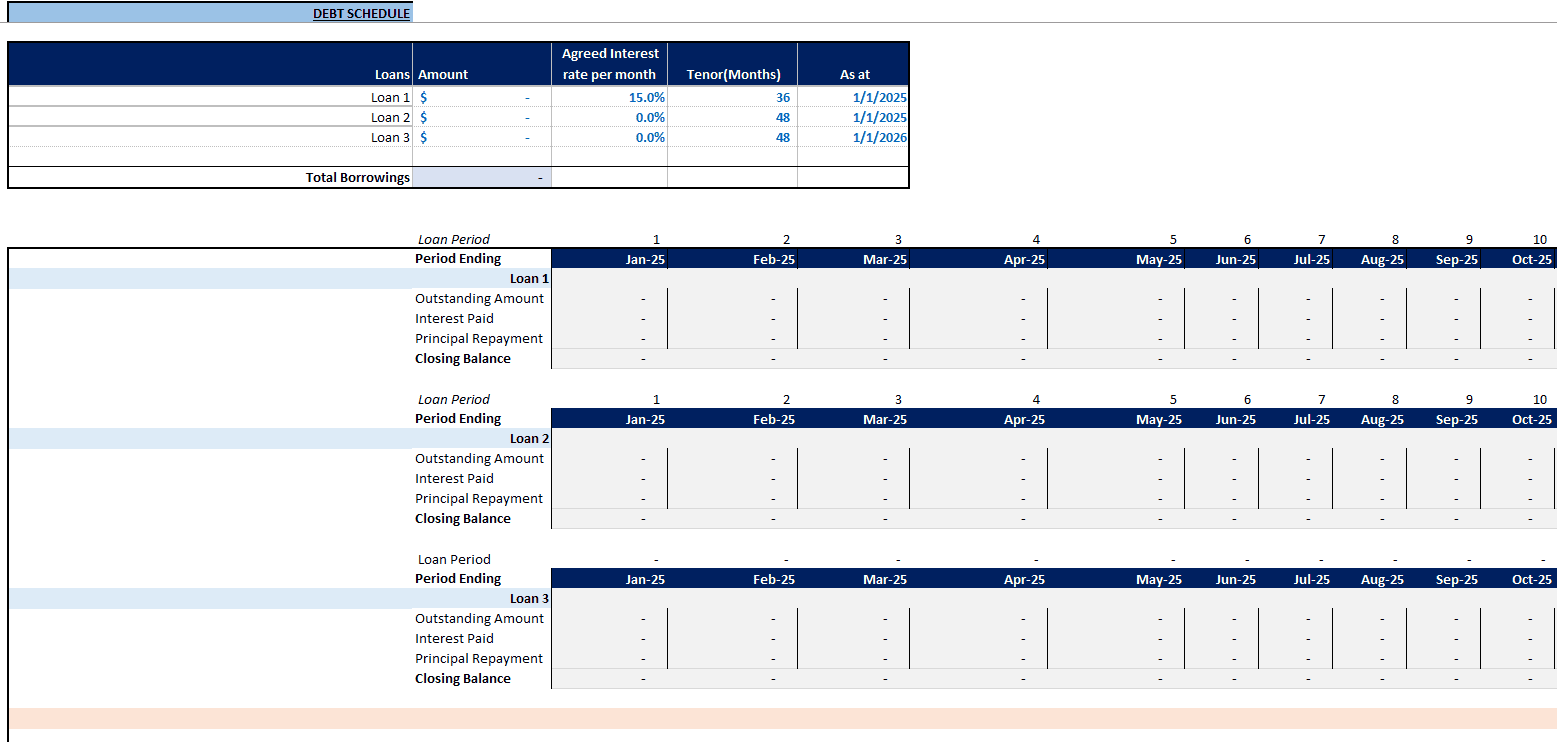


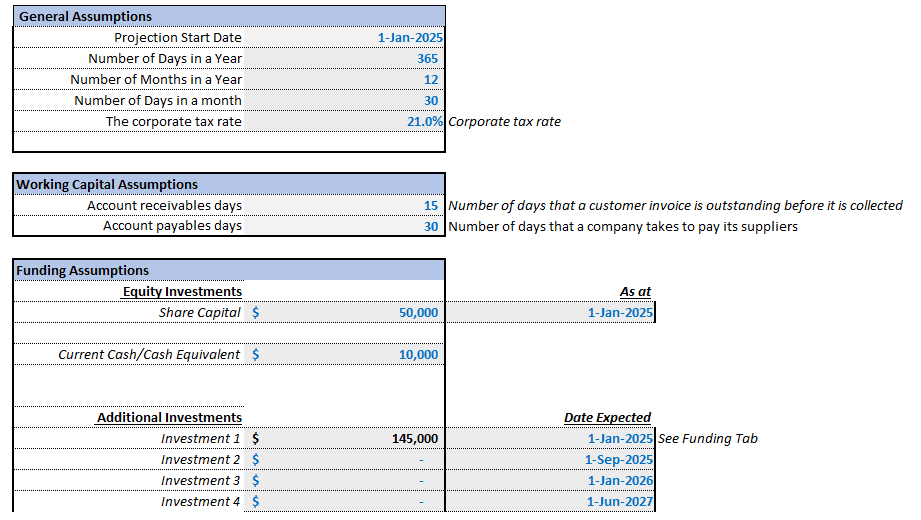
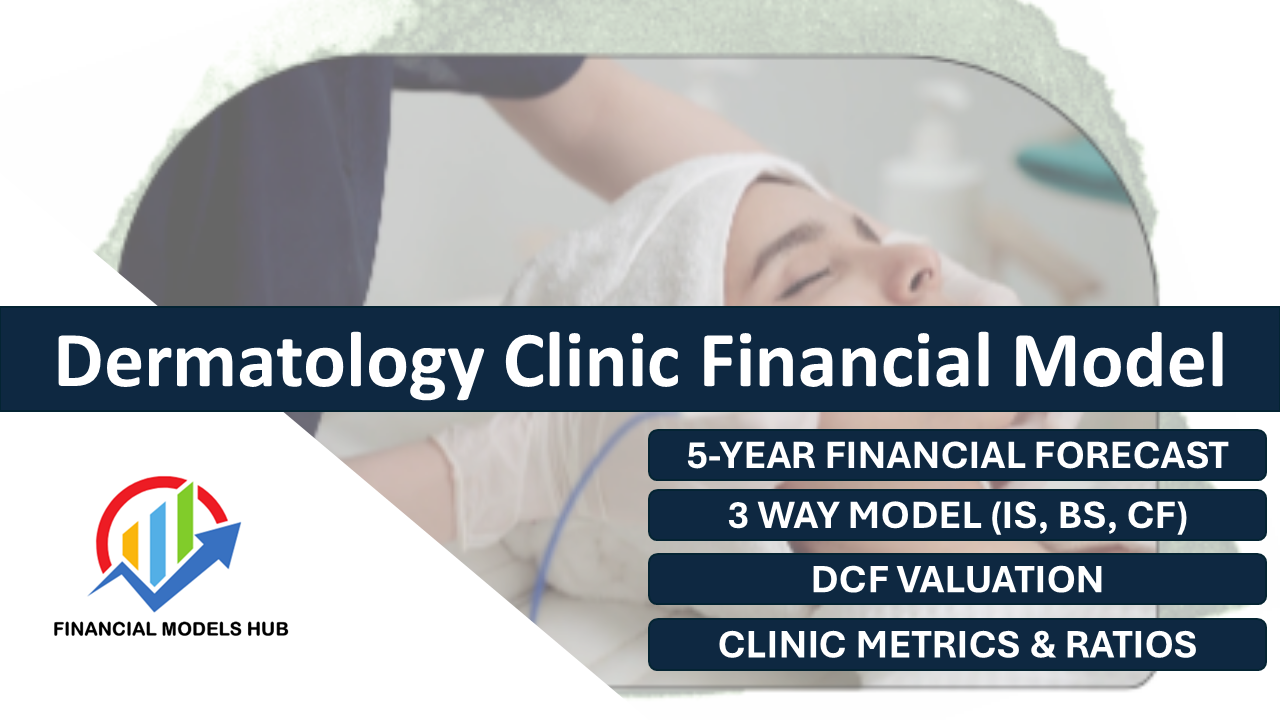
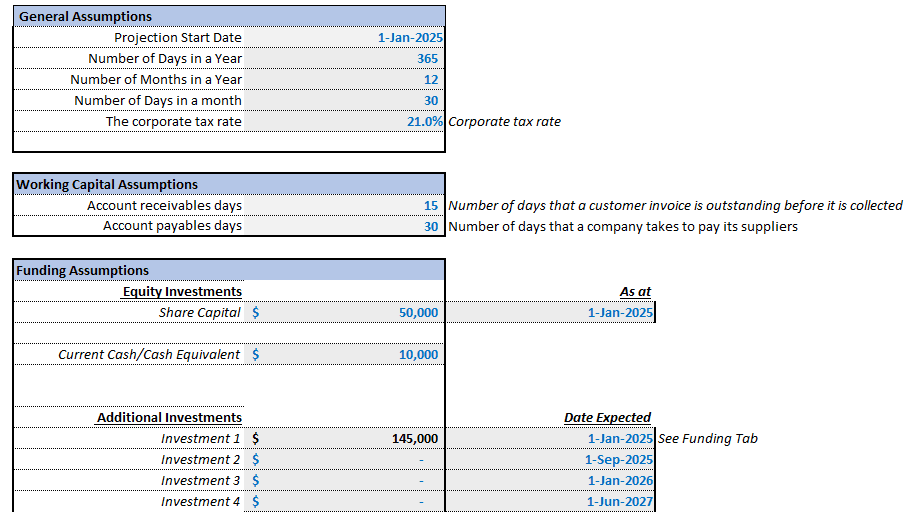

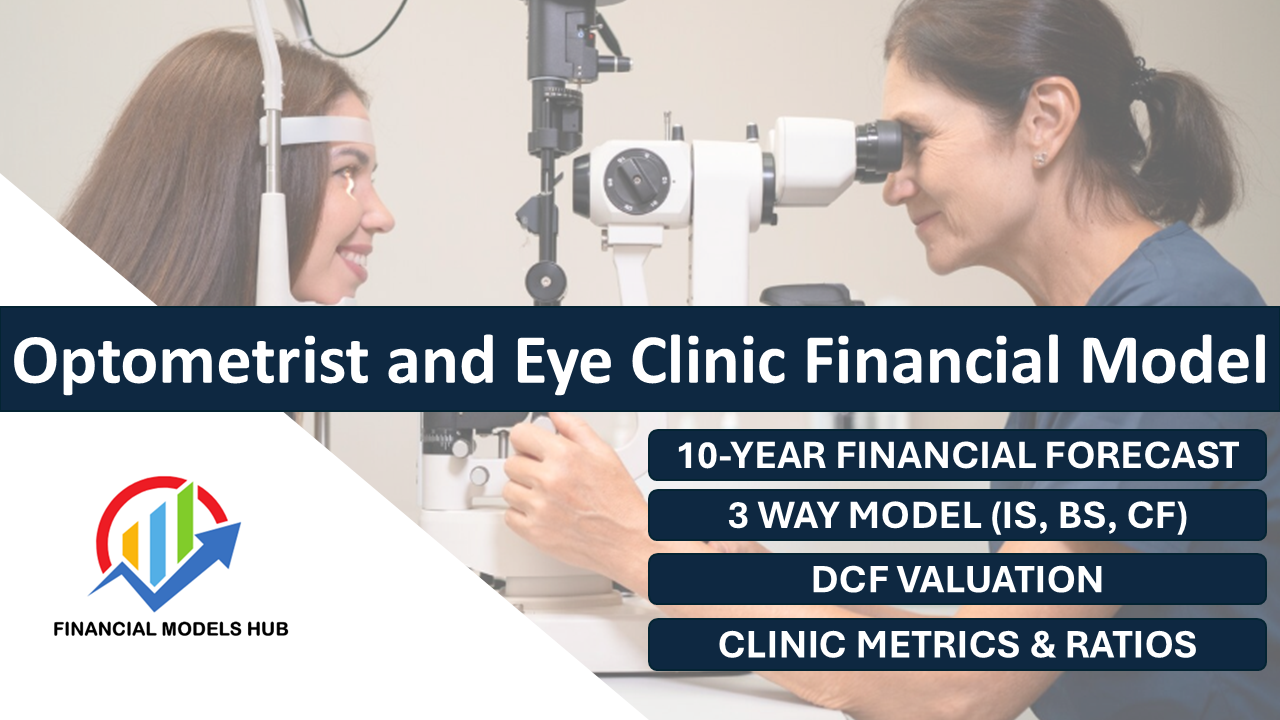
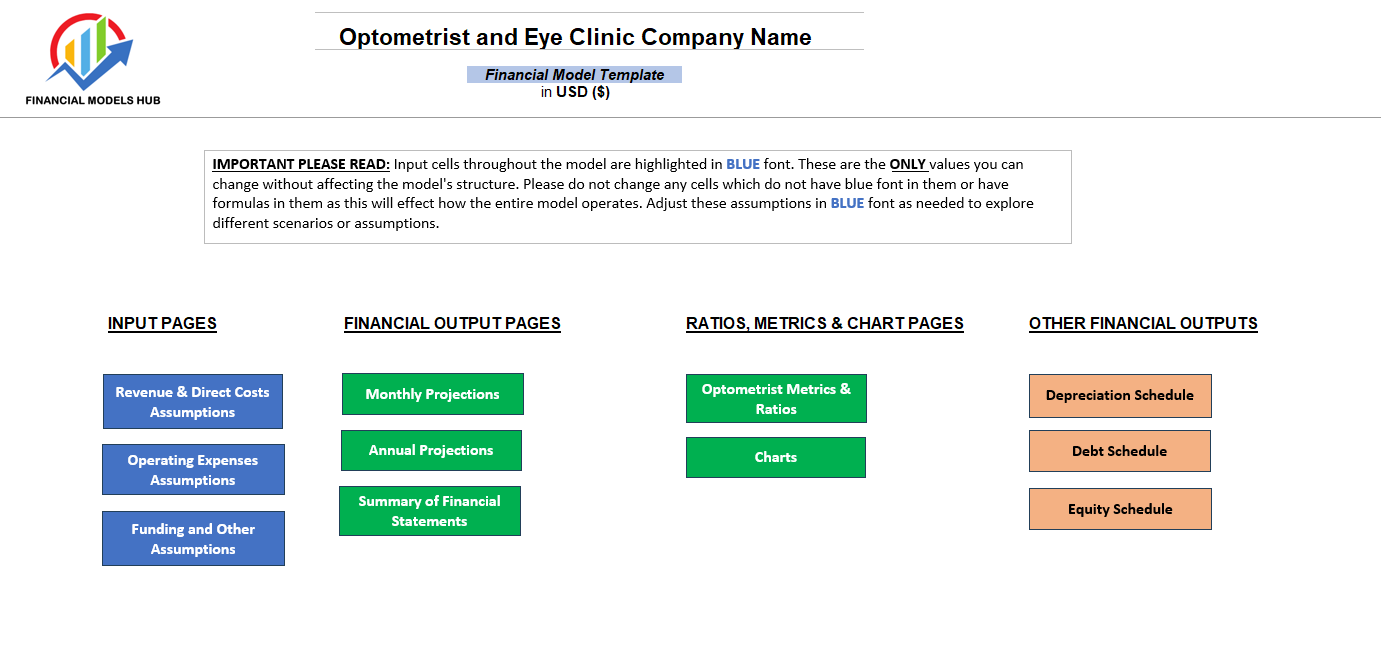

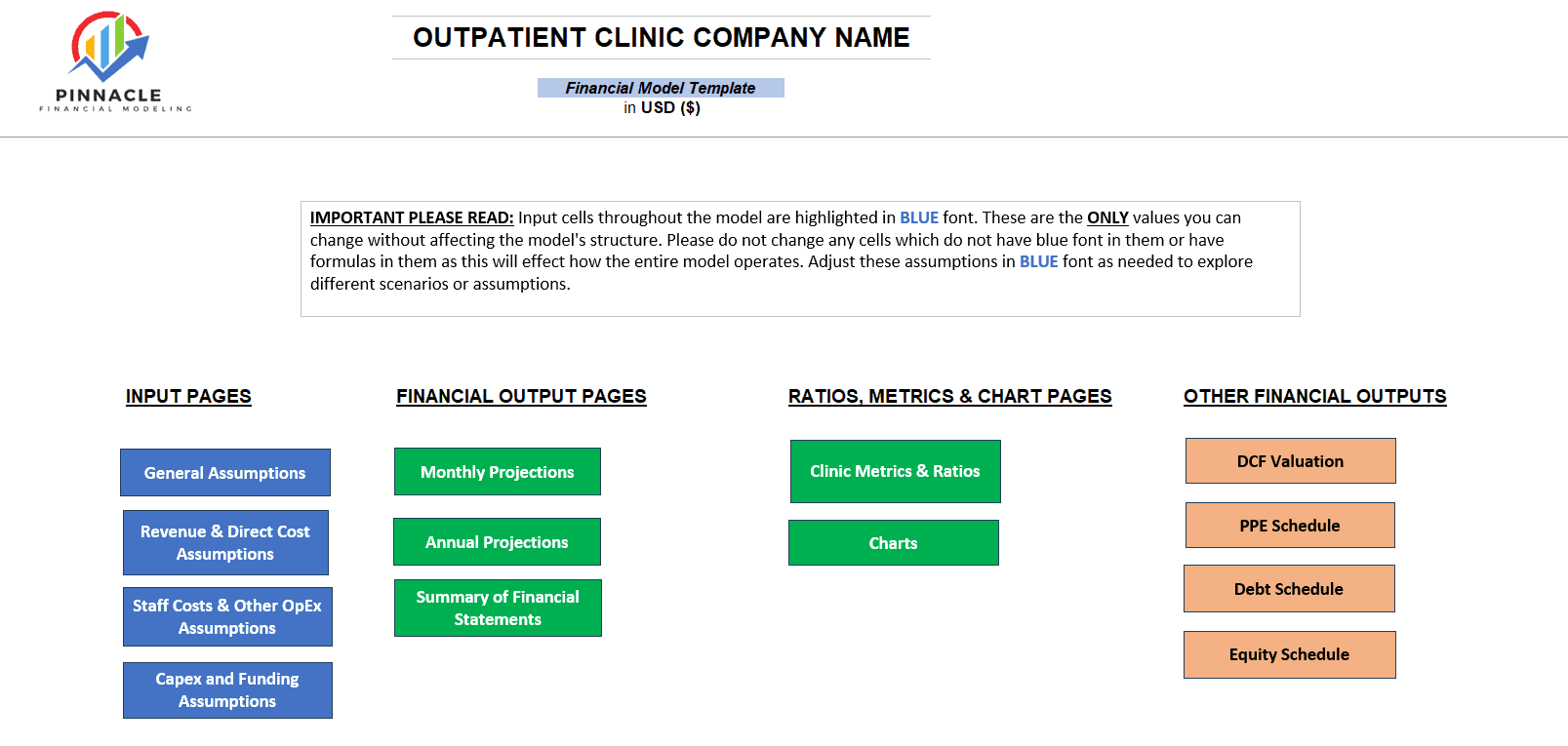
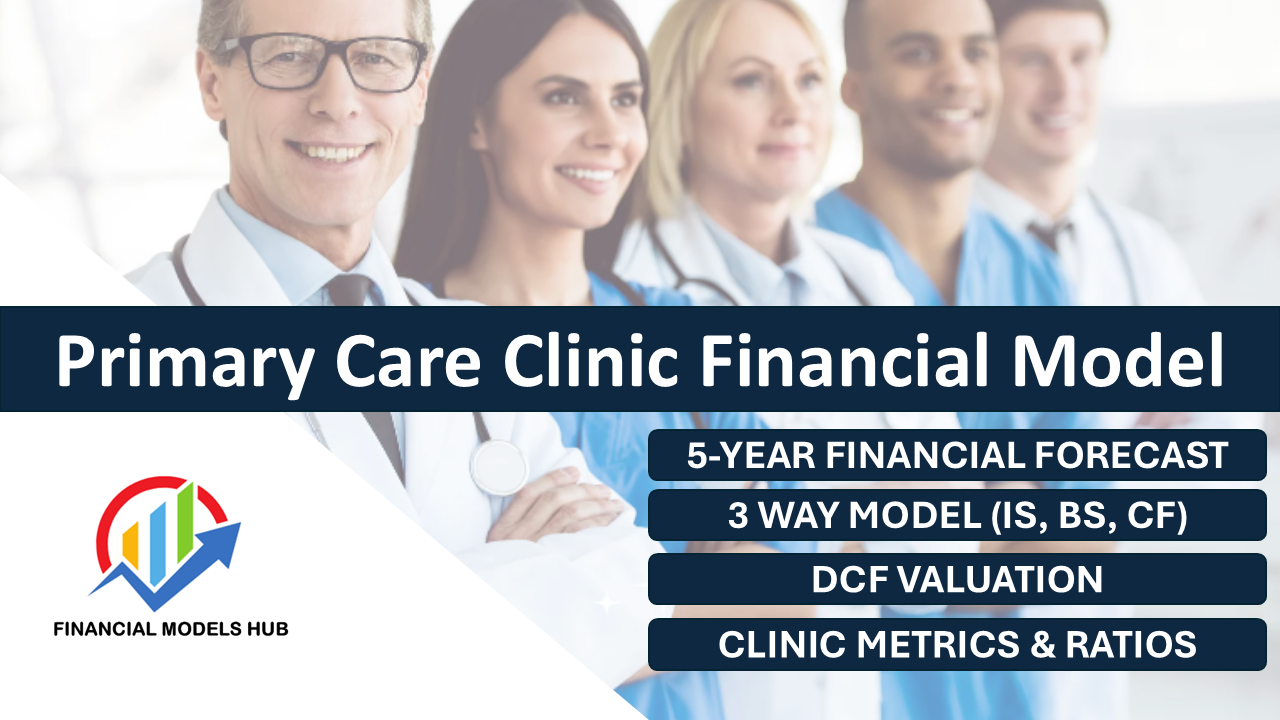





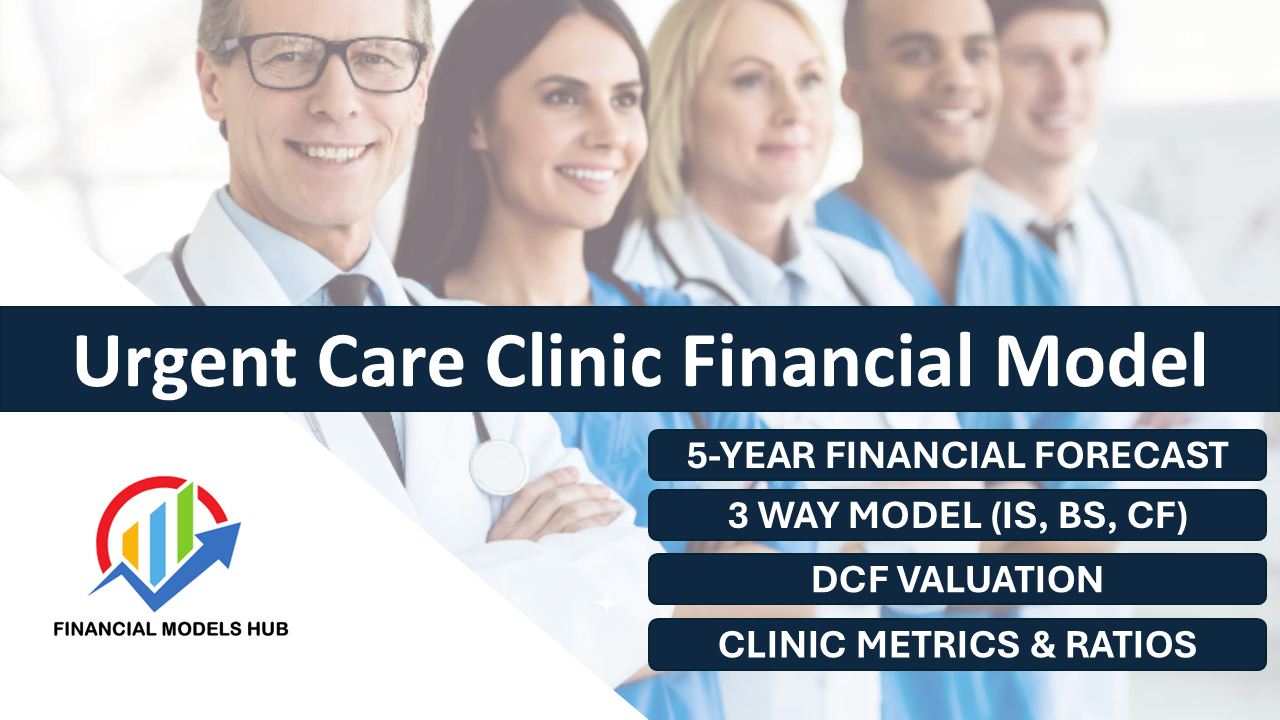
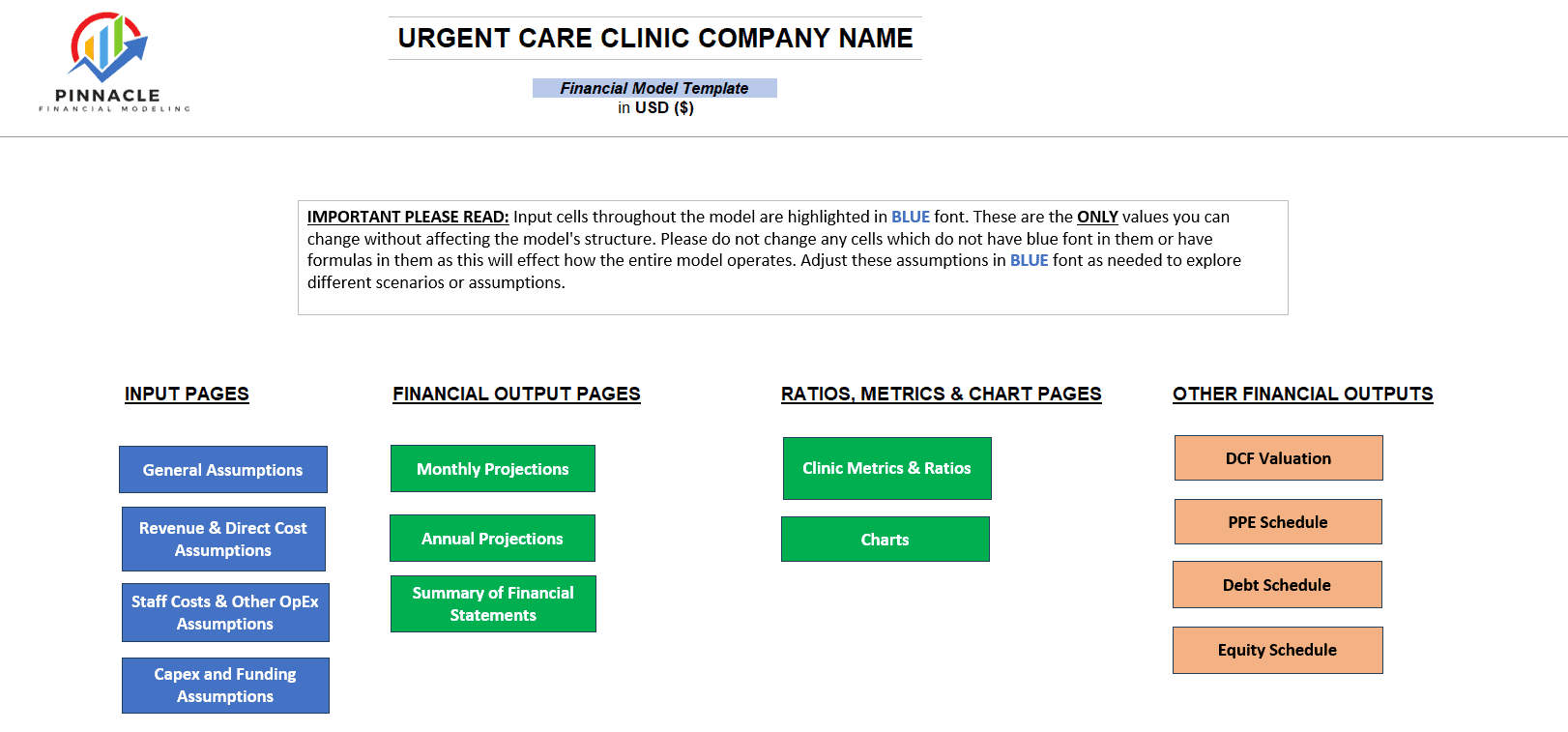
Dr A.C. Dobbins –
Really detailed ! our investors loved this. We could model out so many parts of our business thanks to how detailed this model was